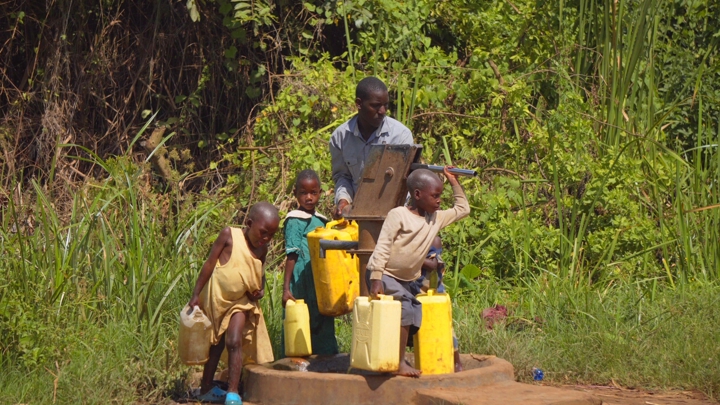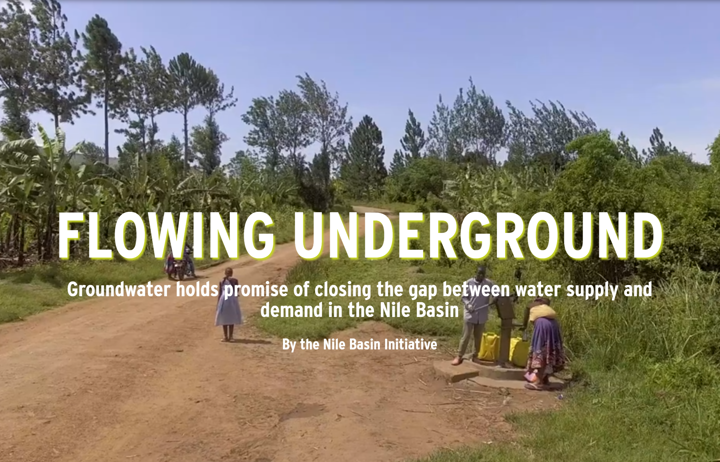FLOWING UNDERGROUND: Groundwater holds promise of closing the gap between water supply and demand in the Nile Basin
The population living within the aquifer boundary is estimated to be about 900,000 (59% in Tanzania, 22% in Uganda, 17% in Rwanda, and 3% in Burundi. The Kagera aquifer may be the most prominent groundwater resource in the Kagera Basin, known for its mountainous terrain, significant rainfall, flowing rivers, and lakes. The basement complex rocks that cover most of the terrain of the Kagera Basin allow for limited storage and transmission of groundwater through their fissures. The average annual population growth rate in the four countries is about 3% and about half of the total population is below the age of 15. Farming activities are the most dominant livelihood activity in Kagera aquifer area. The main livelihood structure in the aquifer is dominated by subsistence farming, crop, and livestock production. The main food crops include finger millet, maize, beans, bananas, cassava, and potatoes, in addition to fruits and vegetables, with coffee being a major cash crop. Other livelihood activities include small scale fish farming, agroforestry and brickmaking. Agricultural activities are dominated by women, while the remaining activities are dominated by men. The aquifer region is generally one of high poverty, with poverty status varying from one location to another depending on existing opportunities for economic activities. Urban centers within the aquifer serve as regional trade and service centers relying primarily on trade and services and small manufacturing activities. Water provision is the main prominent challenge in the Kagera region for various reasons, including underdeveloped water resources and infrastructure. This situation makes the achievement of the SDG6 objectives very challenging for Kagera countries.
Find out more from this multimedia story: https://infonile.org/en/flowing-underground



























